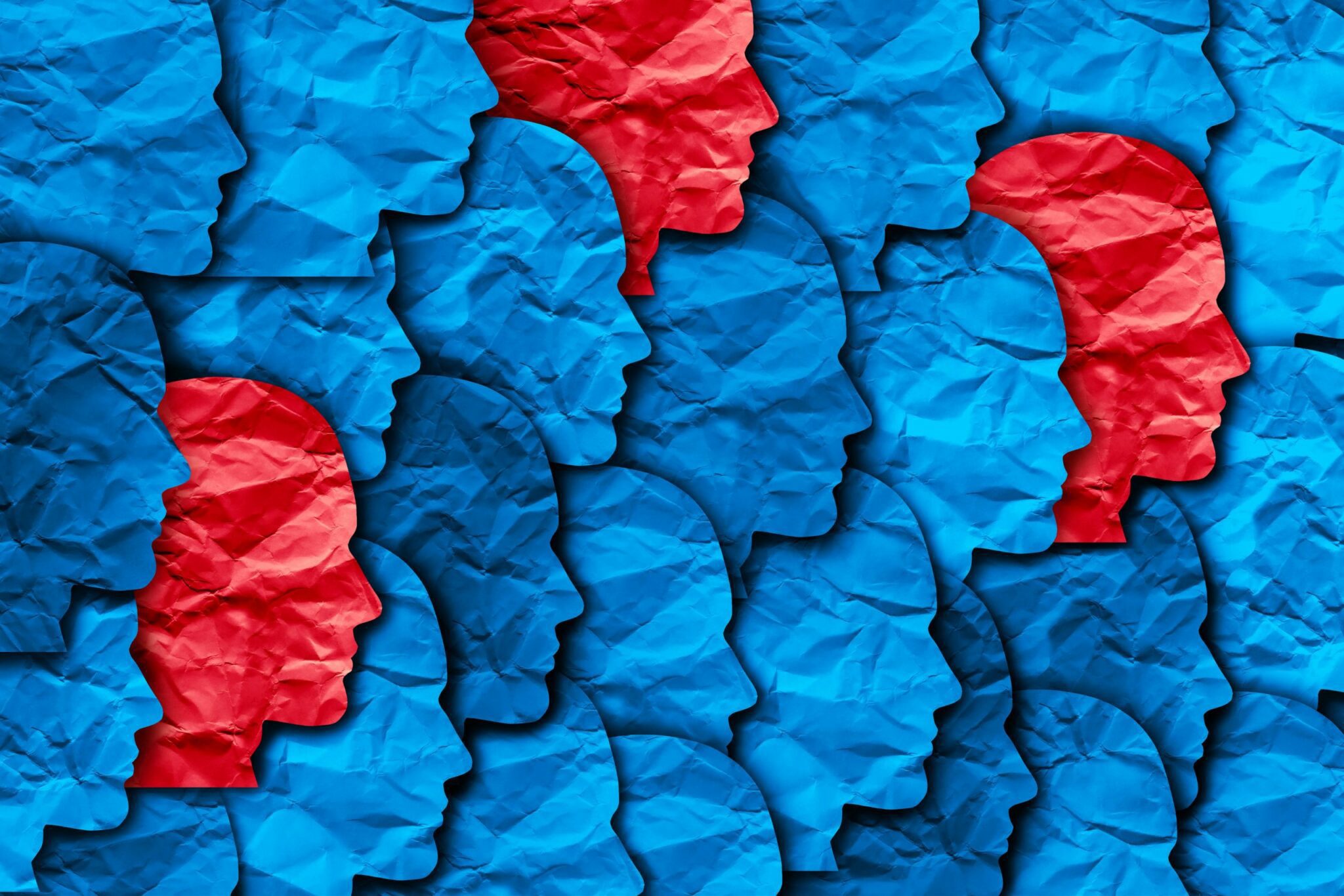Do we Need Herd Immunity?

A child infected by the pertussis bacteria, wracked by violent and rapid coughing spasms, will only stop coughing when all air has been expelled from the lungs.
Deprived of air, the child must inhale as much oxygen as possible—causing the telltale “whooping” sound of the pertussis infection—to begin another round of coughing fits.
This goes on for weeks, and with each cough more bacteria is expelled, with the potential to infect anyone who is vulnerable to the disease. In the years before the pertussis vaccine was available, almost all children contracted this illness and up to 9,000 died annually.
Widespread immunization has drastically reduced the risk of pertussis and many other once-prevalent diseases in the population. This reduction has occurred even among people who haven’t been vaccinated through a mechanism known as herd immunity (also called community immunity). The idea behind herd immunity is fairly simple: when enough people have been vaccinated and are therefore immune to an infectious disease, it limits the ability of that infectious disease to travel through the population. Instead of a virus, for example, infecting thousands or even hundreds of thousands of people, herd immunity limits the disease to a handful of people. Herd immunity protects the most vulnerable members of the population who may not be able (for health reasons) to get a vaccination, such as infants, pregnant women, or people whose immune systems are compromised.
For herd immunity to work, however, vaccination must be widely accepted. If enough members of the community refuse to be vaccinated (or refuse to allow their children to be vaccinated), the community immunity begins to break down.
As a result, during an outbreak, a virus or bacteria can thrive longer than it would have among a protected population. This happened in Washington State in 2012, which saw the worst outbreak of whooping cough in 70 years.
Many parents did not vaccinate their children because of (now thoroughly discredited) fears that vaccinations caused autism and other developmental disorders. Research has conclusively shown no link between these issues and vaccination.
The fear persists in part because of irresponsible celebrities and celebrity “doctors,” many of whom have used the issue as a way to garner attention and generate controversy. In addition, many people are generally uninformed about how community immunity works.
For instance, in Great Britain, parents became concerned about potential vaccine side effects. These concerns became so widespread that many children didn’t get vaccinated, leading to over 100,000 pertussis infections and over 36 deaths in the mid 1970s. In Japan, vaccinations fell from over 80 percent in 1974 to 20 percent in 1979, leading to more than 13,000 cases of pertussis and 41 deaths.
It’s important to understand that the concept of community or herd immunity has never promised an eradication of infection. Therefore, it’s not accurate to say that a vaccination program has “failed” because a handful of infections still occur. Community immunity instead helps prevent the widespread infection that has so often occurred with polio, measles, Hib meningitis, pneumonia, chickenpox, hepatitis B, diphtheria, tetanus and mumps, just to name a few.
Community immunity has been successful in making once-feared infections like polio a remote threat. But this invisible protective wall will shatter if enough people choose to avoid or delay getting recommended vaccinations.
If you are concerned about vaccinations, talk with your doctor and be sure to educate yourself thoroughly about the consequences of choosing not to vaccinate for your family and others in the community.
Sources:
- Centers for Disease Control and Prevention
- What Would Happen If We Stopped Vaccinations?
Forbes - Anti-vaccine Movement Causes Worst Whooping Cough Epidemic in 70 Years.
National Institutes of Health - Community Immunity or Herd Immunity.
Powered by Bundoo®










